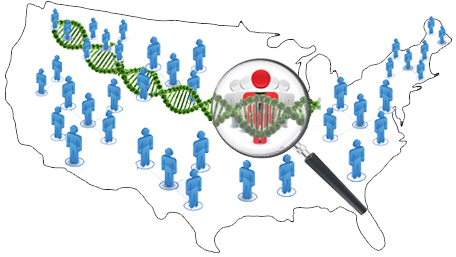Category:
Trends and Factors Affecting Utilization of BRCA Testing in the United States: The Need for Improved Surveillance

This blog post is a summary of two recent CDC papers on the trends in utilization of BRCA testing in the United States, and metropolitan-nonmetropolitan areas differences in testing. Women with pathogenic BRCA mutations have an estimated 45–65% risk of breast cancer and a 17–39% risk of ovarian cancer by age 70, as compared with Read More >
Posted on byIntegrating genomics into population-based cancer surveillance in the era of precision medicine

Population-based cancer surveillance provides a quantitative measurement of cancer occurrence in the United States and globally. Core activities of surveillance include measuring cancer incidence and characterizing each cancer with regard to histopathology, stage, and treatment in the context of survival. Cancer surveillance has been crucial in informing policy and practice, as well as clinical and Read More >
Posted on by

